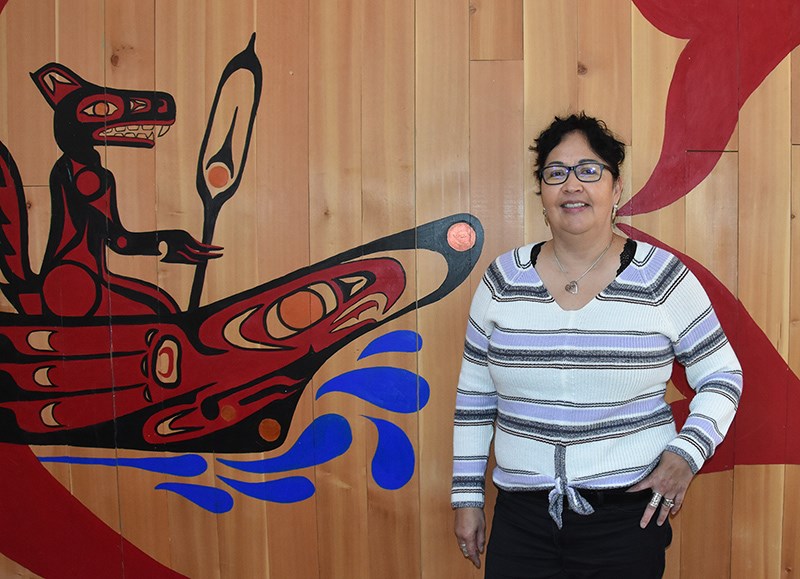School District 43 has acknowledged for years that it has to do better when it comes to graduating indigenous students.
In its quest to improve, SD43 has invited First Nations artists into schools, encouraged special cultural programs, formed relationships with elders, taught about residential schools, established education enhancement agreements with local First Nations and started a high school program, Suwa’lkh, that incorporates aboriginal teachings into the curriculum.
But despite these many efforts, thefor indigenous students, who number about 1,300 in Tri-City public schools, is stuck at about 75% compared to about 90% for the entire SD43 student population.
A new provincial program, called Equity in Action (video below), may be just what’s needed to delve deeply into indigenous education and what’s needed to improve the numbers.
“If you see kids who struggle, we need to find out why, who they are, where do they come from, who their families are, as well as their strengths and challenges, and then figure out what are we going to do to support them,” said Gayle Bedard, SD43's district principal for indigenous education.
That is the purpose of an equity scan, underway this spring, that will study district policies, curriculum, programs and school environment as well as the current data to see where changes could be made to improve success rates for indigenous students. Indigenous high school students will also be asked about their schooling and how they feel about it.
“They all come into school as little lights,” said Bedard, who grew up in B.C.’s north, went to what was known as Indian Day School and high school in Prince George before doing her two masters degrees, “our job is to make them shine brighter.”
And the equity scan, to be concluded in June, is coming at a time when federal and provincial governments are coming under scrutiny for their efforts toward reconciliation, and whether they are doing enough.
Schools also have systemic bias that may be hard for non-indigenous people to recognize, and school staff and principals will be asked some hard questions. But the goal of ensuring that indigenous students are connected and comfortable in Coquitlam, Port Coquitlam, Port Moody and Anmore schools, and have a path to success after graduation, is a goal that SD43 supports, Bedard said.
Awareness of culture — whether Metis, Coast Salish, Asian or European — and encouraging all children to be proud of their heritage is something everyone can get behind.
“We all have good intentions,” Bedard said. “The question is how are we making sure the students are well-rounded when they go out into the world?”



